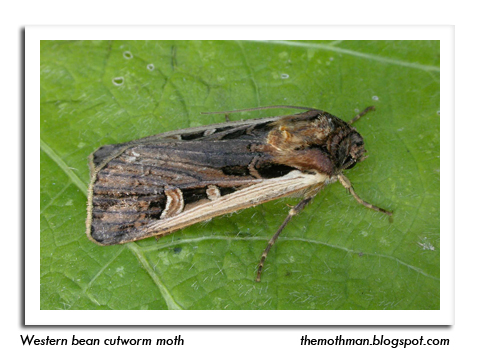
 |
|
|
Corn
Volume 63 Number 12 Date 07/19/2018 WESTERN BEAN CUTWORM - Moth emergence increased only slightly during the past week. According to the UNL-UMN prediction model for this insect, 25% of moth flight should now be complete across the southern half of the state following the accumulation of 2,577 degree-days (modified base 38°F/max 75°F). The annual flight will likely peak next week in the southern counties. The DATCP network of pheromone traps registered a total of 55 moths from July 12-18, and only 21 moths during the previous week. The current state cumulative count of 82 moths in 55 traps is far lower than the 440 moths captured in 69 traps by the same time last season. Although the annual trapping survey has captured very few moths thus far, field scouting to estimate egg density is recommended at this time. JAPANESE BEETLE - Beetles are prevalent in low to moderate numbers in corn. DATCP surveys indicate that counts range from 1-20 beetles per 100 plants and are still well below the economic threshold of three or more beetles per ear, when silks are being clipped to ½ inch during pollination. Infestations are generally limited to the field margins. Beetles are expected to grow more numerous and damaging as silks become more widely available. Scouting several areas in the field interior, in addition to field edges where beetles are usually concentrated, is suggested for corn that has reached the silking stage. EUROPEAN CORN BORER - Contrary to the European corn borer development model which suggests moths counts should be increasing as the peak of the second flight approaches in 1-2 weeks, most black light traps counts captured fewer moths this week (73 total) than in the previous week (153 total). Surveys of corn this week found no significant infestations in Dane, Columbia and Jefferson counties. The treatment window for the second-generation larvae has opened near Beloit, La Crosse, Madison and other southern and western locations where 1,550 degree days (modified base 50°F) have accumulated, and will remain open until 2,100 degree days are surpassed. REDHEADED FLEA BEETLE - Significant numbers of this flea beetle were observed in corn in Clark and Taylor counties. According to the report, the beetles were abundant in six fields checked, where they were clipping silks and causing noticeable defoliation of the corn leaves. The window-paning injury caused by this flea beetle species is similar to leaf feeding of adult corn rootworm beetles and is usually superficial. Although this beetle is not considered major threat to field crops and control is rarely warranted, the locally high populations observed suggest fruit, vegetable and soybean growers in the north-central region should also watch for an increase in activity. Flea beetles typically hatch in July and August and feed on plants until September. -- Krista Hamilton, DATCP Entomologist 





|
|
|